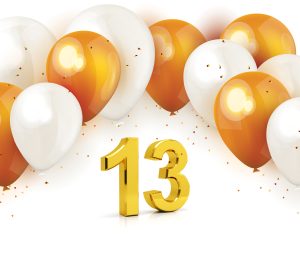What are some investment vehicles/strategies that would provide me easy access to my assets, should I need them for living expenses?
 julie bahr, managing director, clayton financial group
julie bahr, managing director, clayton financial group
If you need easy access to living expenses, the simplest answer is to put the funds in a bank or credit union account. These can include checking, savings or a bank money market fund. Interest rates vary at banks and credit unions, so be sure to look into both brick-and-mortar and online institutions. It’s important to verify that the bank is insured by the FDIC or NCUA. You also can consider certificates of deposits. Most institutions offer CDs with a term as short as six months.
However, if you don’t expect to need these funds in the next 12 months, then consider investing them in a moderate risk portfolio of 35 to 50 percent stocks. This can be accomplished through open-ended, no-load mutual funds or exchange-traded funds (ETFs). Many of the major custodians, like Charles Schwab and Fidelity, also will allow you to purchase their funds commission-free, so the only cost is the actual purchase. For the other part of the portfolio, 50 to 65 percent should be in fixed-income instruments, such as bonds, CDs, municipal bonds or bond funds. For these types of investments, a qualified investment adviser, such as a Certified Financial Planner (CFP), will be able to direct you and advise you what’s best for your financial situation.
 jim winkelmann, principal, blue ocean portfolios
jim winkelmann, principal, blue ocean portfolios
Investors should realize this simple truth: The purpose of money is to spend it, and the goal is not to run out. So where is the best place to store wealth? A diversified portfolio of low-cost, no-load index funds is the most compelling choice because these funds are inexpensive, have a good menu of choices, and can be purchased easily and liquidated for cash at a very low cost. With low-cost index funds, investors can efficiently diversify into various asset classes, for example: large U.S. stocks; emerging markets like Brazil, Russia, India and China; spot commodities like oil, wheat, gold and copper; and/or a basket of small or midsized stocks or even REITs (real estate investment trusts). There are more than 200 different index funds, both of the conventional opened-ended mutual fund variety and exchange traded funds (ETF).
A simple way to determine the best investment mix is to analyze your spending plan for a few years and reconcile it with your anticipated income. If there’s a resulting deficit, then park that amount in shortterm CDs or cash and invest the rest in a handful of different index funds. While no approach is perfect, this method keeps your planned deficits funded and an optimal mix invested with the possibility of much higher returns than could come from stocks, REITs or commodity prices. The evidence is clear: Investment outcomes are random and the only predictable aspect will be the fees incurred. Index funds cost less.








